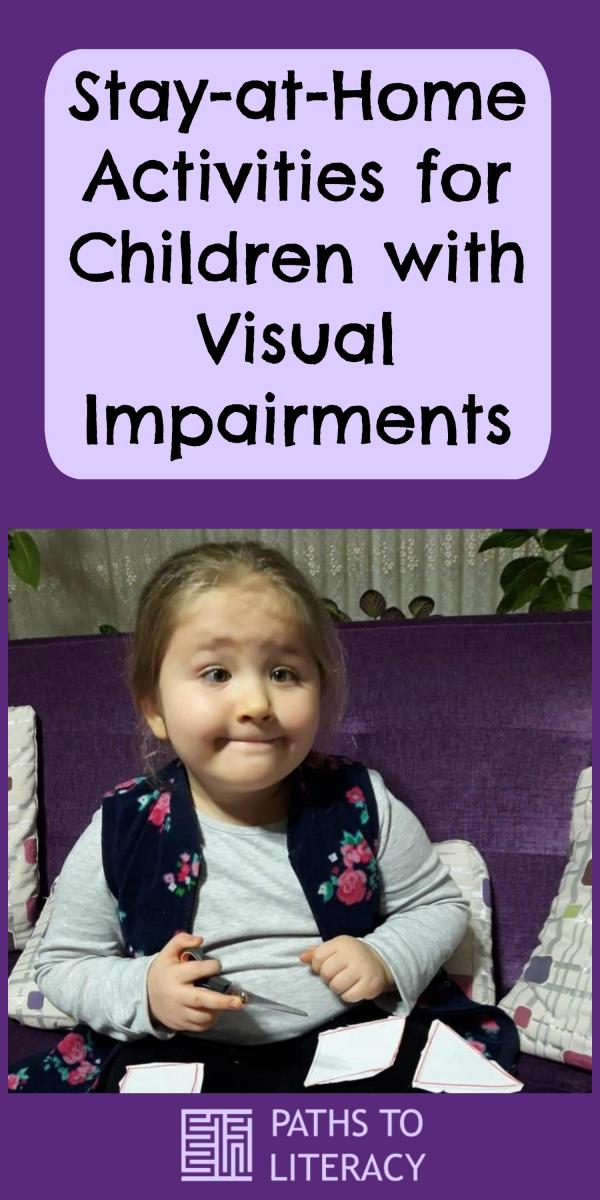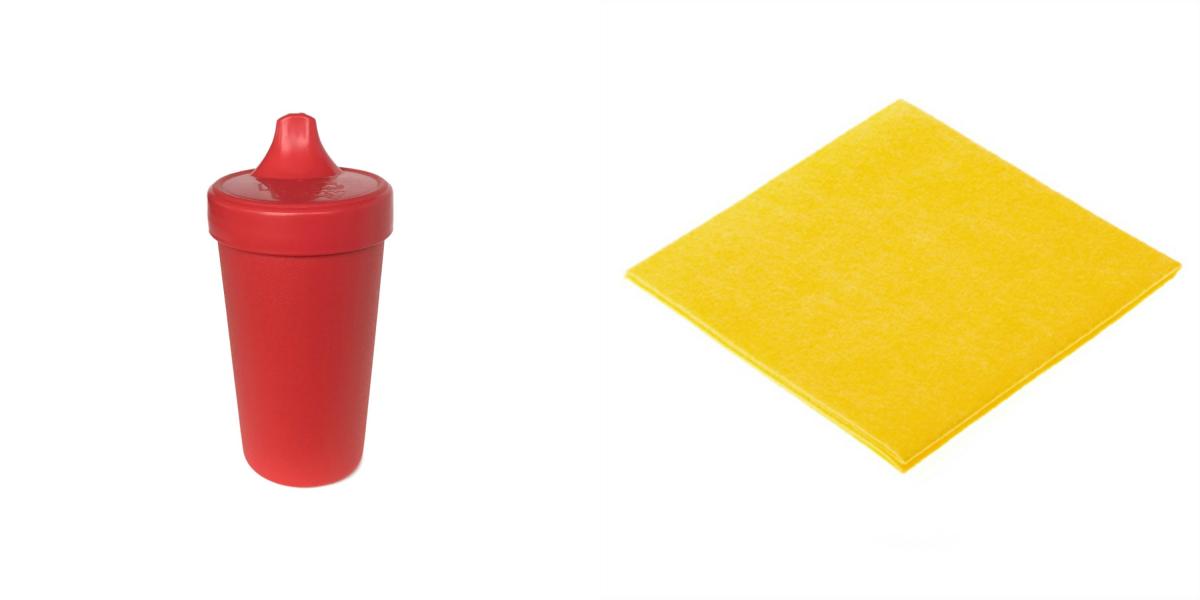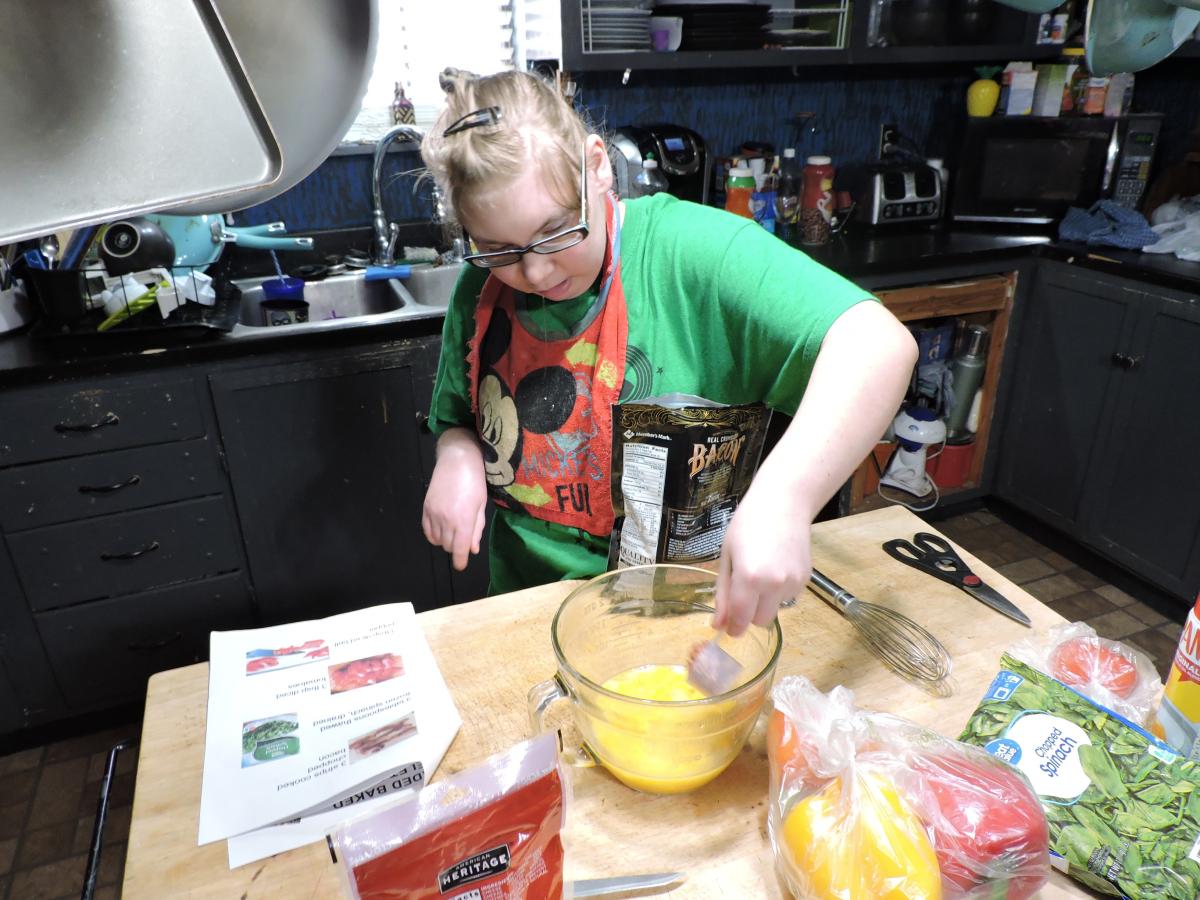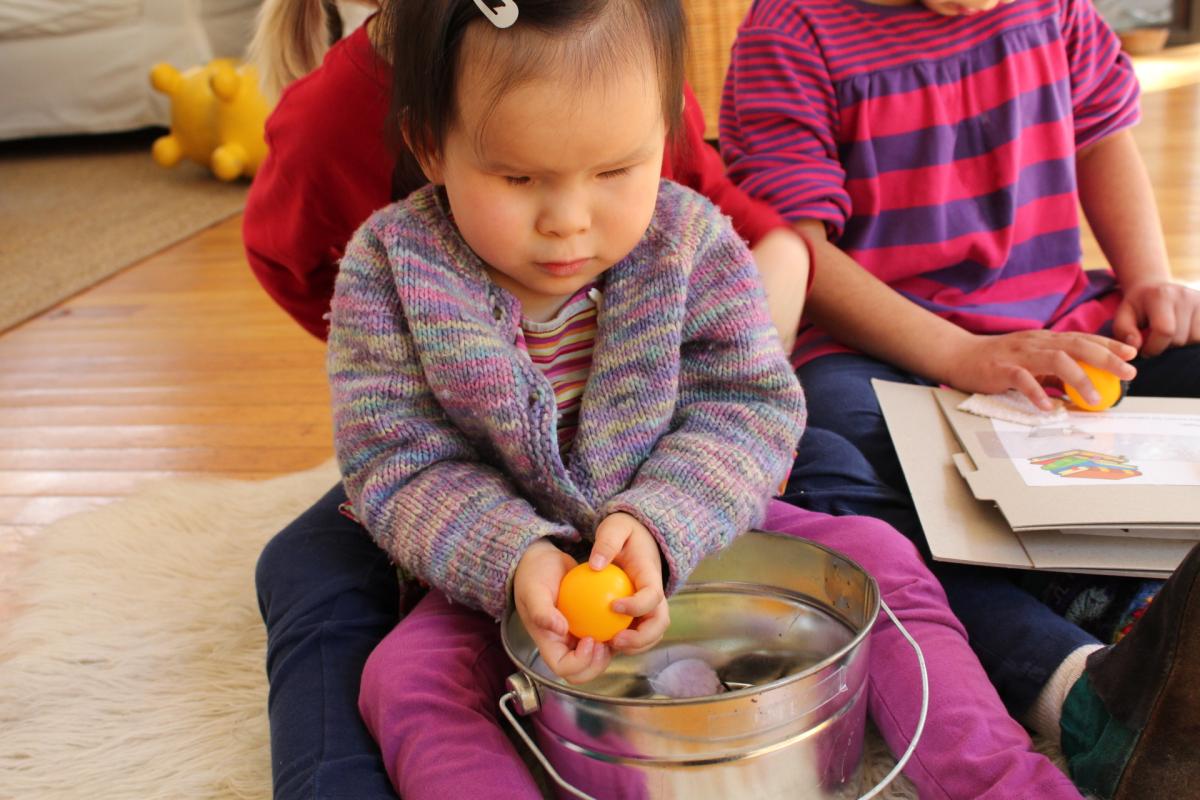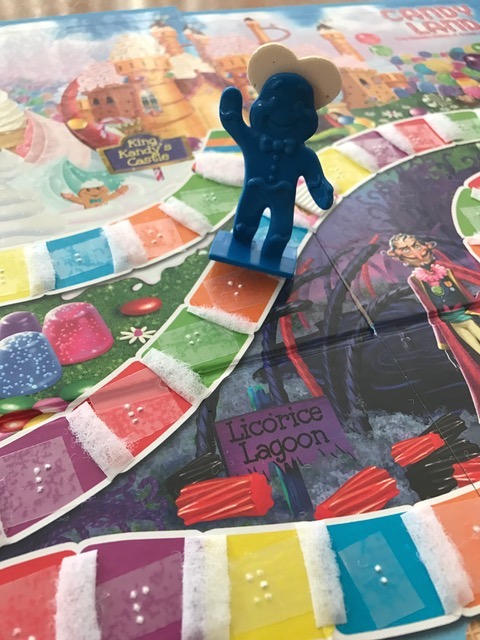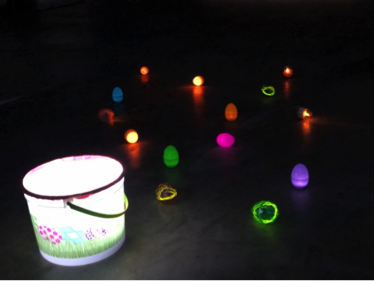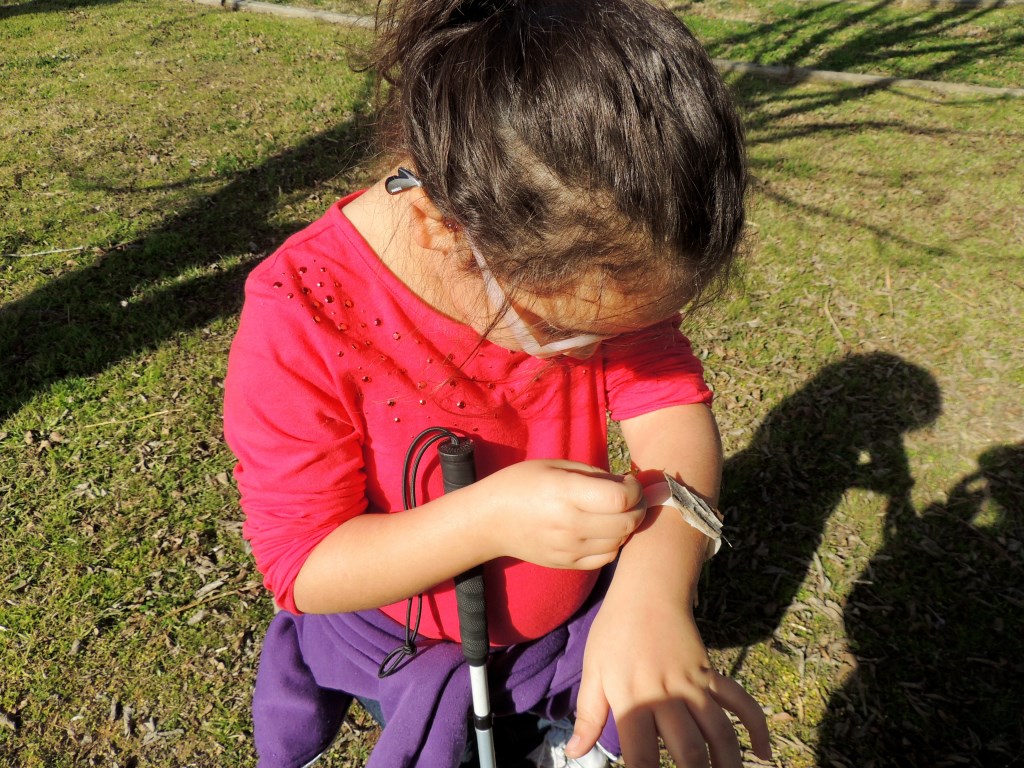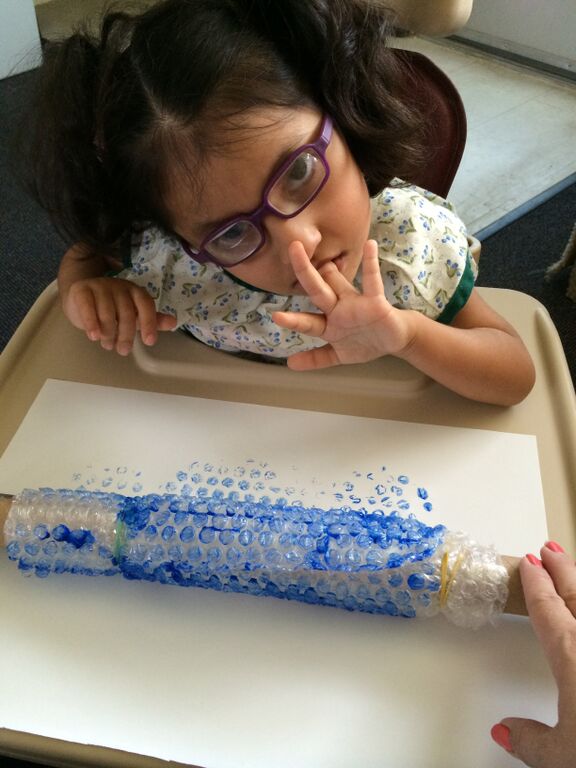Stay-at-Home Activities for Children with Visual Impairments
During the COVID-19/coronavirus pandemic, it's important to have fun activities to keep children engaged. Some children may be able to be self-directed with homework and reading, while others will need more active engagement with adults. Parents often have competing demands, with other children, working from home, or just getting through the day. We hope that some of these ideas may be helpful during this time! Let us know if you have activities that you think others may enjoy.
Establishing a Routine
Many children feel more secure if there is a predictable routine each day. While this doesn't need to be as rigid as a typical classroom schedule, it may follow a predictable sequence. For example, alternate structured tasks where your child is expected to sit still and do independent work with movement and more active times. Encourage them to be active participants in daily household tasks and activities, and be sure to have quiet, meaningful time to talk and read together. Many younger children and those with multiple disabilities may benefit from a tactile calendar, using real objects or concrete symbols to let them know what will happen next.
Learn about Using Tangible Symbols at Home.
Helping Around the House
Having everyone at home is a great time to work on providing practice with routine daily tasks, such as preparing meals, cleaning up, putting away the dishes, setting the table, and doing the laundry. While children will be at different levels in what they are able to do, this is a time to practice counting (how many forks do we need to set the table?), matching (think laundry or putting away the dishes), positional concepts, such as left/right, top/bottom (shelves, drawers, place settings). Here are some ideas from parents of some of the skills they have incorporated into daily household chores.
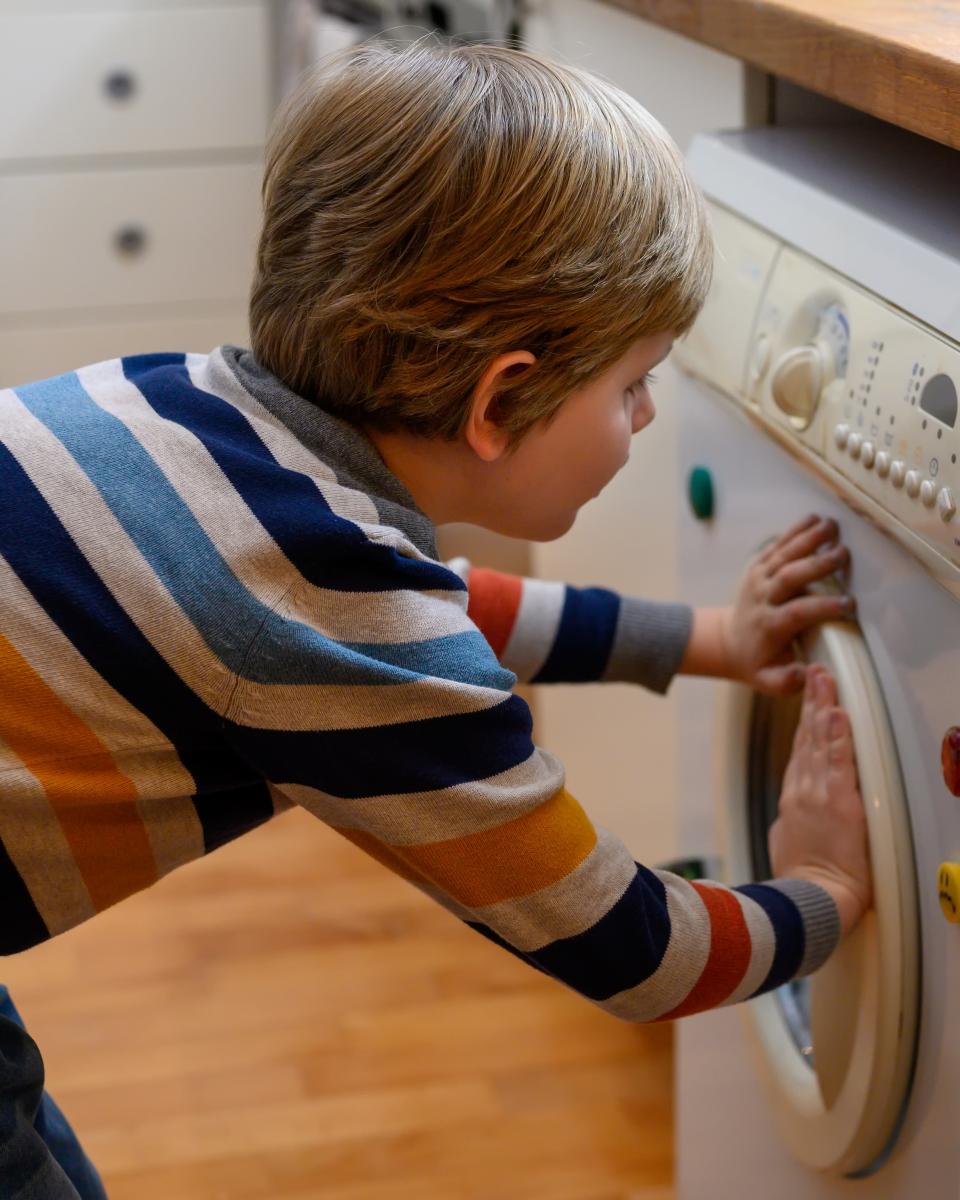
Cooking
Meal preparation has to happen every day anyway, so this can be a great way to reinforce skills. Cooking has built-in motivation for many people, and whether you're preparing special snacks or basic family meals, there is a way to embed skills along the way. Young children or those with multiple disabilities can practice functional skills, such as identifying food items and equipment, counting, measuring, stirring, and scooping. Older children can research recipes, practice fractions, calculate amounts (calories, portions, etc.), and learn about nutrition and budgeting.
Ideas for Young Children
There are lots of opportunities for young children to learn new skills every day! Help them to build basic concepts, such as wet/dry, big/little, rough/smooth, heavy/light. Practice counting -- steps, chairs, spoons, blocks. Give them a chance to explore items that have interesting textures and engaging features, comparing things. Encourage the use of all different types of hand skills to build hand and finger strength, as well as coordination.
- Teaching Basic Concepts and Pre-Braille Skills
- Activities for Learning at Home and in the Community
- Tactile Fun Bucket
- Tactile Baby Blankets
- 56 Tactile Math Ideas: Ideas and Suggestions for Development of Basic Concepts & Early Maths Skills
- Strong Hands Make Good Readers
Games
Having the whole family at home is a good time to gather together to play games. Many commercially available games can be adapted for children with visual impairments.
- Games are Fun AND They Help Children Learn!
- Tips to Adapt Games for Children with Vision Impairments
- Adapting Candy Land for Players Who Are Blind or Deafblind
- Adapting Battleship Game for Braille Users
- Adapting Connect Four for Players with Visual Impairments
Arts and Crafts
Arts and crafts activities can promote tactile exploration and fine motor skills. It's not important to have a perfect product at the end, but rather the focus should be on the process of exploring different types of tactile materials. There are many materials that are fun just by themselves, such as playdoh, clay or Wikki-stix. Texture can be added to fingerpaint (sand, for example) to make it more interesting. Be sure to let children explore these materials at their own pace! It's especially important not to force them to touch things or to put their hands in wet or sticky substances. There are lots more ideas to explore on this website, but here are a few to help you get started.
Reading and Writing
Not all parents are equipped to be formal teachers of reading or writing with children who are blind or visually impaired, including those who are deafblind or who have multiple disabilities. Some students may have books and assignments from school that they are working on at their own pace or with their TVI. Here are some ideas to supplement school activities, and to give kids a chance to create books and keep journals during this time of school closures. Invite them to write a few sentences every day about what they're doing. These can be dictated to an adult, who can write them down; spoken into an audio recorder and played back; written by the student in print or braille, using electronic devices, braillewriters, slate and stylus, or paper and pencil. There is no one right way to do it, and children can select the medium they prefer. The important thing is to keep practicing those reading and writing skills!
- Encouraging the Development of Pre-Braille Skills at Home: Ideas from Turkey
- Independent Work Tasks for Beginning Braille Readers
- Experience Books: A Tool for Conversation
- Tactile Journals
- Writing Prompts for Journals
- Nature Walk
- Maintaining Braille Skills Using a Daily Journal for an English Language Learner
- Motivating A Teenager Who Is Newly Blind and Congenitally Deaf to Learn Braille
Ideas for Learners with More Significant Multiple Disabilities
Children with multiple disabilities have a wide range of abilities and interests. It is important to provide focused time doing activities that are both meaningful and fun. For learners who have significant multiple disabilities, please visit also the Active Learning Space website, and especially the section for families, with ideas for younger children and ideas for older learners. Here are some other ideas to try:
- Ideas to Engage Students with Significant Multiple Disabilities in Activities at Home
- Sensory Rainstick for Children with Multiple Disabilities
- Snap, Crackle and Pop Sensory Bin
- Home-School Journals
